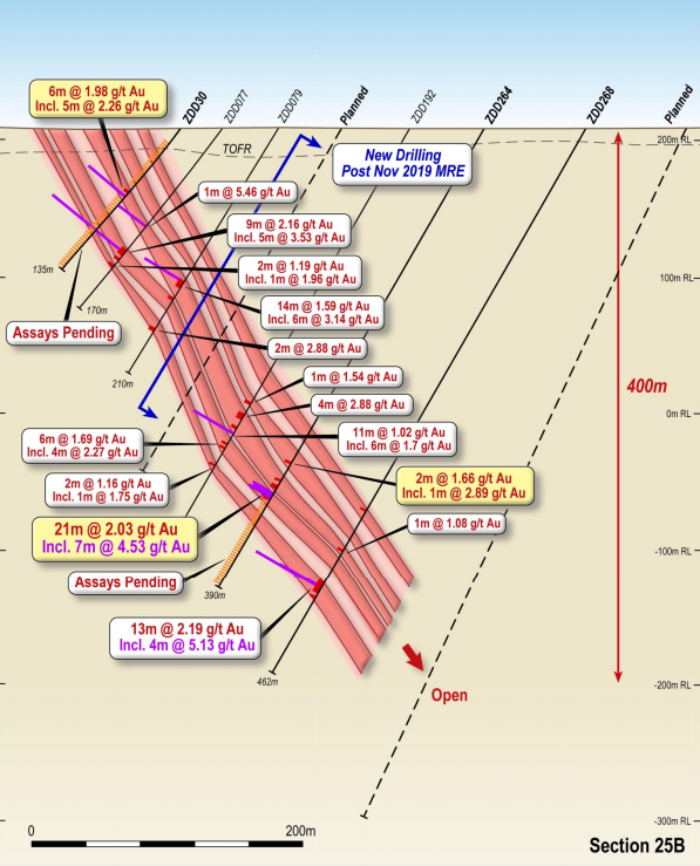Pure Minerals shares jump as scoping study confirms HPA value-add opportunity for TECH Project

Pure Minerals Limited (ASX:PM1) has confirmed the potential of high purity alumina (HPA) production as a value-adding opportunity at the Townsville Energy Chemicals Hub (TECH) Project.
A scoping study commissioned by PM1s wholly-owned subsidiary Queensland Pacific Metals Pty Ltd (QPM) has demonstrated strong economic outcomes for HPA production.
Based on forecast annual production of 4,007 tonnes of 99.99% (4N) HPA, the study determined a post-tax NPV of A$849 million and IRR of 80%.
Estimated capex and opex are lower compared with other HPA projects due to the aluminium hydroxide feed source as opposed to aluminous clay or refined aluminium metal.
Shares surge to new 12-month high[hhmc]
Shares have reached a new 12-month high of 2.8 cents in early trade, an increase of 46% on Thursdays close and up from 1.5 cents on January 20.
PM1 managing director John Downie said, “The TECH Project is becoming a one-stop-shop for battery manufacturers.
“Nickel sulphate, cobalt sulphate and HPA are key chemicals required by the battery industry and our potential ability to supply meaningful quantities of all these products will increase our appeal as a supplier to battery manufacturers.”
Key outcomes of the scoping study.
Study by Simulus Group[hhmc]
The scoping study, which confirms a value-add opportunity for the TECH Project, was undertaken by lead engineering company The Simulus Group supported by Boyd Willis Hydromet Consulting (BWHC).
Simulus, a leading engineering company in the HPA space, has undertaken numerous feasibility studies for various companies planning to produce HPA.
This study on the TECH Project was commissioned by QPM after a December 2019 pre-feasibility study (PFS) identified the production of HPA as a key value-add opportunity.
Using a conventional processing flowsheet, the aluminium hydroxide co-product is able to be upgraded to produce a high-value 4N HPA.
There is increasing use of HPA in the production of ceramic-coated separators for separation of the anode and cathode in batteries.
“Two key advantages”[hhmc]
Downie said: “The HPA market is evolving and the TECH Project has two key advantages against other potential suppliers.
“Firstly, by starting with an advanced intermediate product in the form of aluminium hydroxide, our capital and operating costs are significantly lower.
“Secondly, the TECH Project will be protected from any significant price volatility in the HPA market due to revenue derived from its primary product streams.”
Simulus previously completed test work for QPM demonstrating the production of 4N purity HPA at the TECH Project.

A simplified flowsheet for HPA production.
This involved leaching the aluminium hydroxide in hydrochloric acid, then utilising four stages of aluminium chloride hexahydrate (ACH) precipitation followed by calcination into HPA.
Further work undertaken for the scoping study has determined that three stages of precipitation are sufficient.
The scoping study assessed the production of 4N HPA on a standalone basis, using the aluminium hyRead More – Source
[contf]
[contfnew]

Proactiveinvestors
[contfnewc]
[contfnewc]




